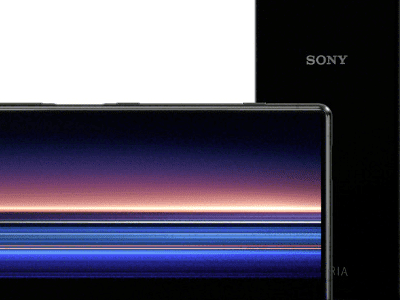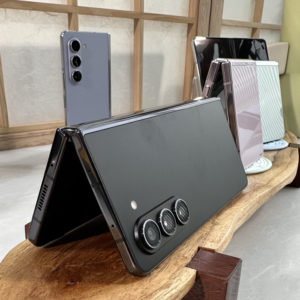Smartphones: Growing Taller, and Out of Reach?
Share This Post
From the time, the first smartphones with 18:9 display hit the market, video streaming has become increasingly mainstream. Its, no surprise then that some smartphone manufacturers started pushing the envelope with their displays further. Imagine watching Netflix or Amazon Prime in landscape mode, with a much more true cinematic AMOLED display. Or, for that matter, playing graphics-intense games. Circa 2019, and the first 21:9 displays are here.
At the MWC 2019 at Barcelona, Sony showcased some new taller and thinner Xperia smartphones. Sony’s new flagship, the Xperia 1, is touted to be the world’s first smartphone with a 4K HDR OLED display on a 21:9 wide screen. The Xperia 1 offers truly immersive displays for entertainment, and for playing games, such as Fornite, Arena of Valor and Asphalt 9. It was not just Sony, though. OnePlus showcased its 5G concept phone with 21:9 display.

The 21:9 aspect ratio is expected to find favour with today’s digital natives, who diet on an endless array of streaming movies, and feature-rich games. Imagine viewing rich immersive cinematic content, without having to deal with black bars on the sides, or at the top and bottom. Or, for that matter, playing games on such phones. The flipside to such a 21:9 display is that while viewing documentaries and other non-cinematic content, the display would still be the same as in other devices. Yet, it’s a massive step ahead to what we have.
Beyond content consumption and gaming, the 21:9 display will also work wonders for the always-on workplace. As you would note, for today’s generation, the smartphone has been undisputedly the primary device. Yet, it has been baffling that the smartphone still is not the preferred productivity tool, beyond for simple messaging. I believe the rise of 21:9 displays would potentially help in this regard.
Where do we go from here?
If the initial wave of smartphone brands succeed with 21:9 aspect ratios, we would definitely see more manufacturers moving to work with such display formats. As the future will be 5G, with speed and scale, it makes sense for smartphone brands to make such devices.
However, what about the challenges?
Reaching the top menu on such 21:9 phones could potentially be awkward and not so easy to adapt to. For a moment, consider the earlier smaller 18:9 phones that were easy to manage with a single hand. The wider 18:9 phones, on the other hand, were tough to manage. Some taller phones with displays such as 19:5:9, still work wonders for single-handed use.
Beyond the device itself, what about the software experience?
Sony, for instance, is working with an array of popular app companies, such as Fortnite and others, to optimize their experience for 21:9 display.
If 21:9 display slowly gains acceptance, it would open a wide, new opportunity for app companies, and independent app developers. App developers would definitely look at taking advantage of the larger screen-estate available. Beyond the large app developers, independent gaming app developers also have a potential opportunity to make the first move towards optimizing their apps to a 21:9 display. As more smartphones with 21:9 displays become available, one can anticipate Android to guide Android App developers to leverage the opportunities available from increased display formats, to build more richer and irresistible experiences with their apps.
In Conclusion
While the prospect of exciting and rich displays for media streaming can be appealing, one would need to look at making taller displays with due consideration given to the overall consumer experience. The bottom line is that such incremental innovation will make no sense, if customers are not able to handle and navigate notifications on the phone, with one hand.













